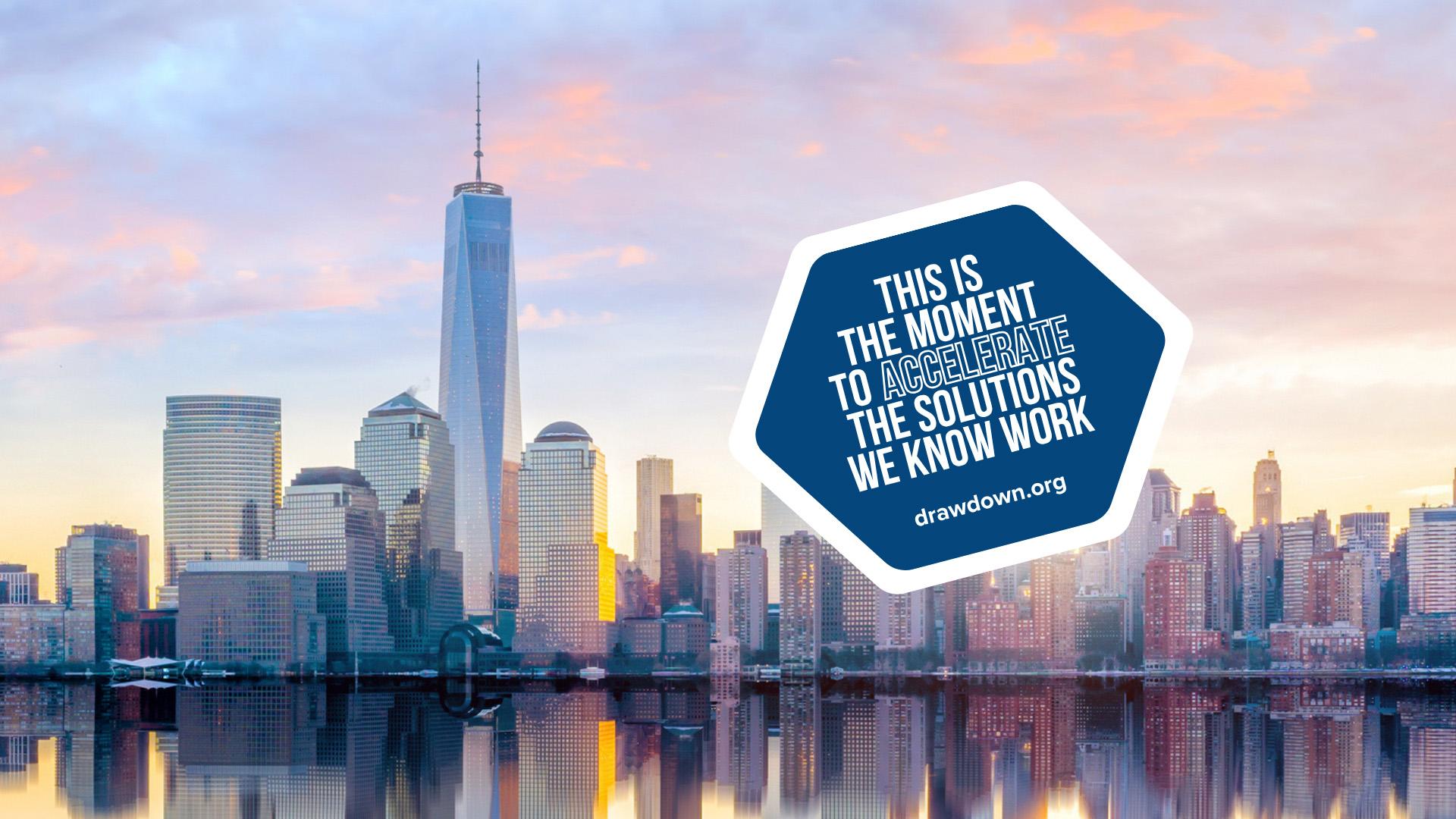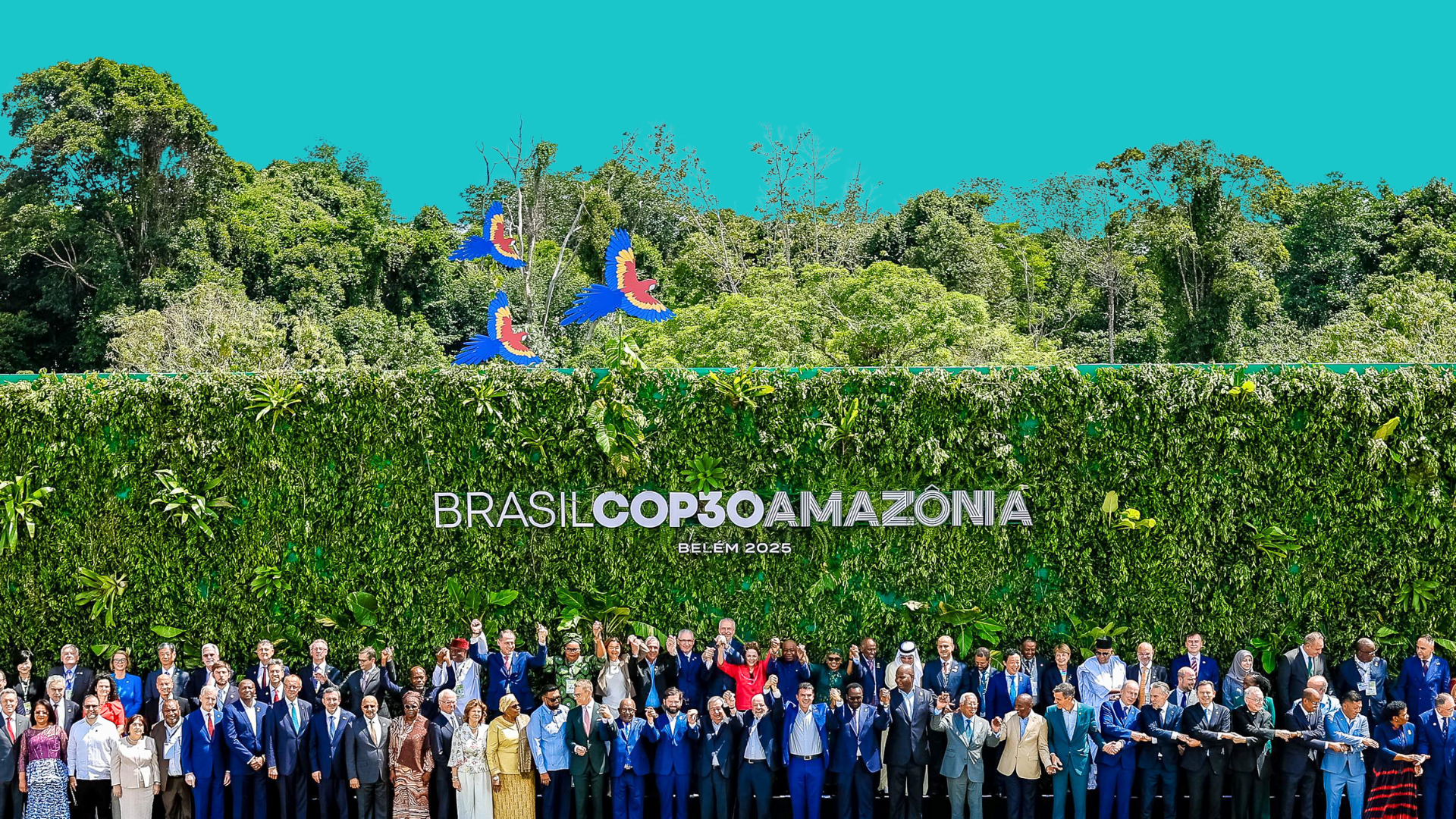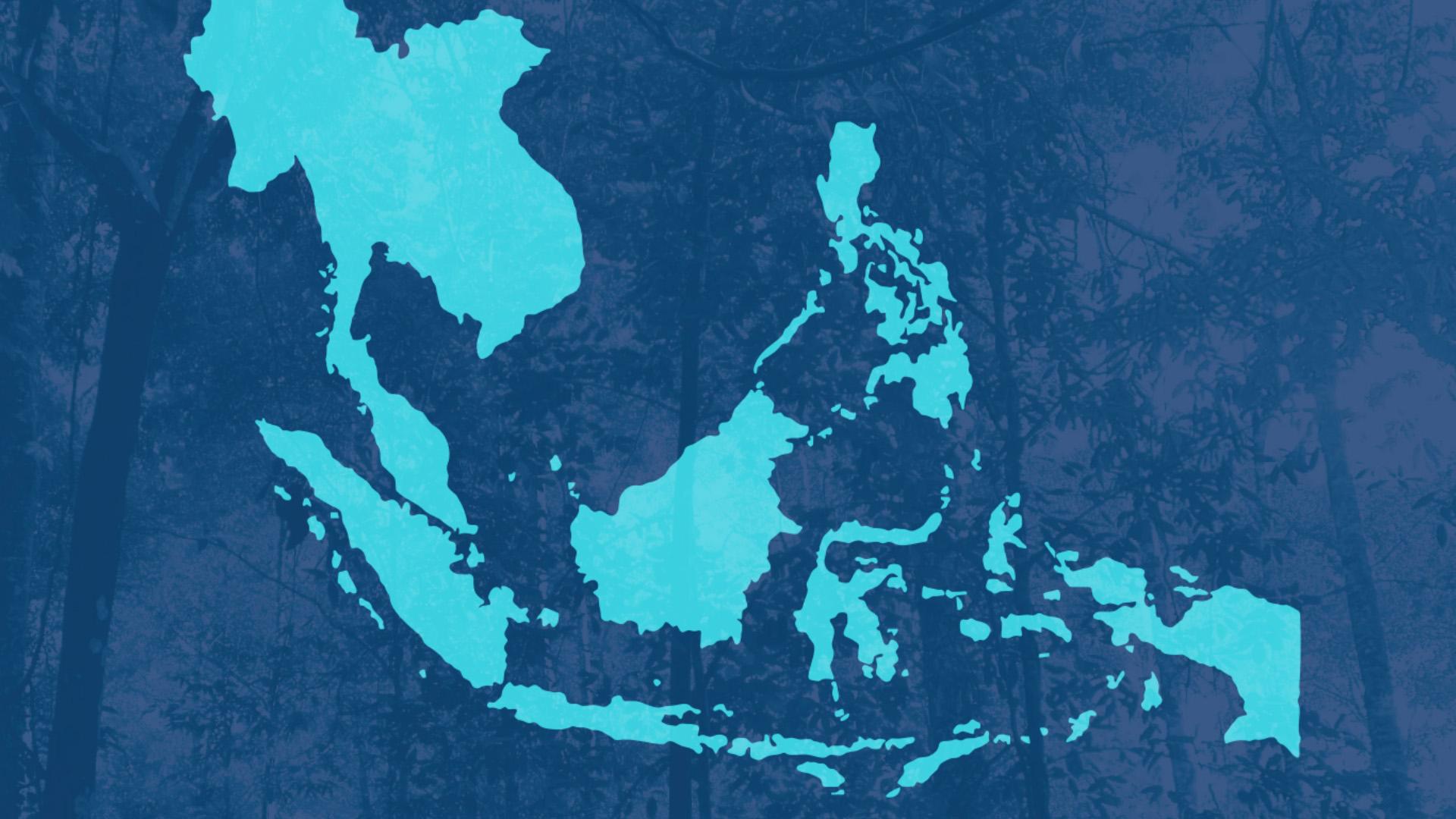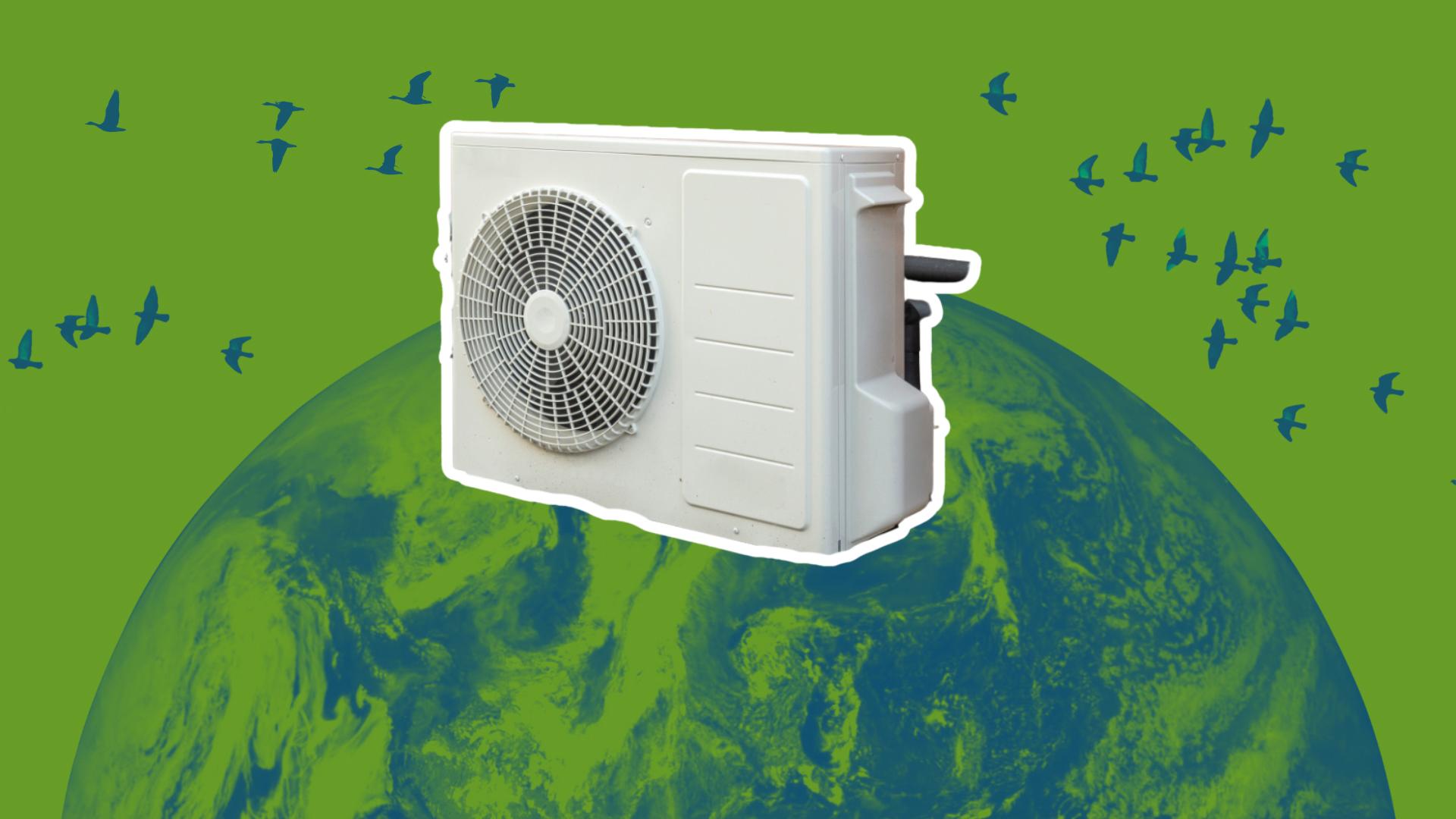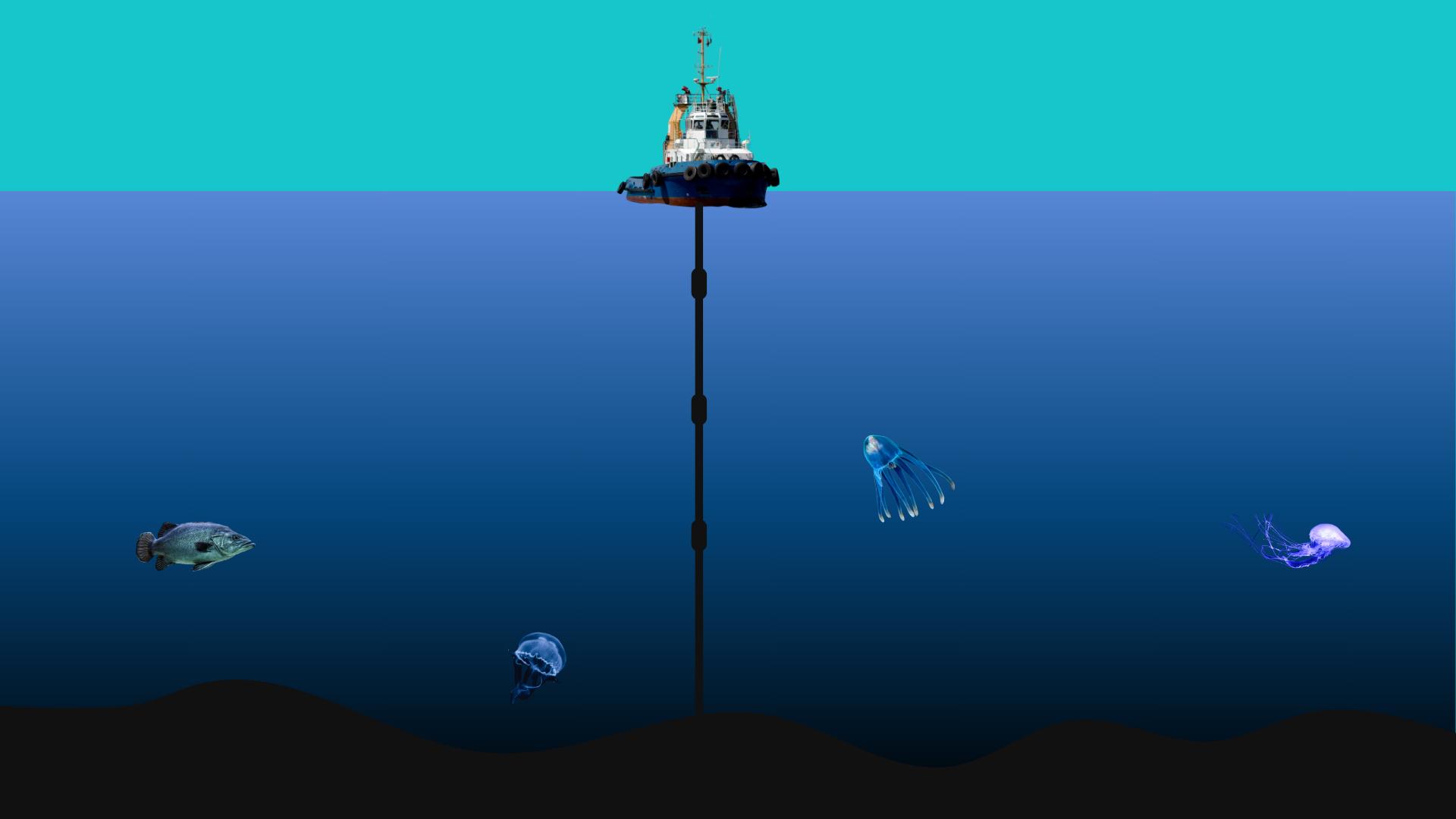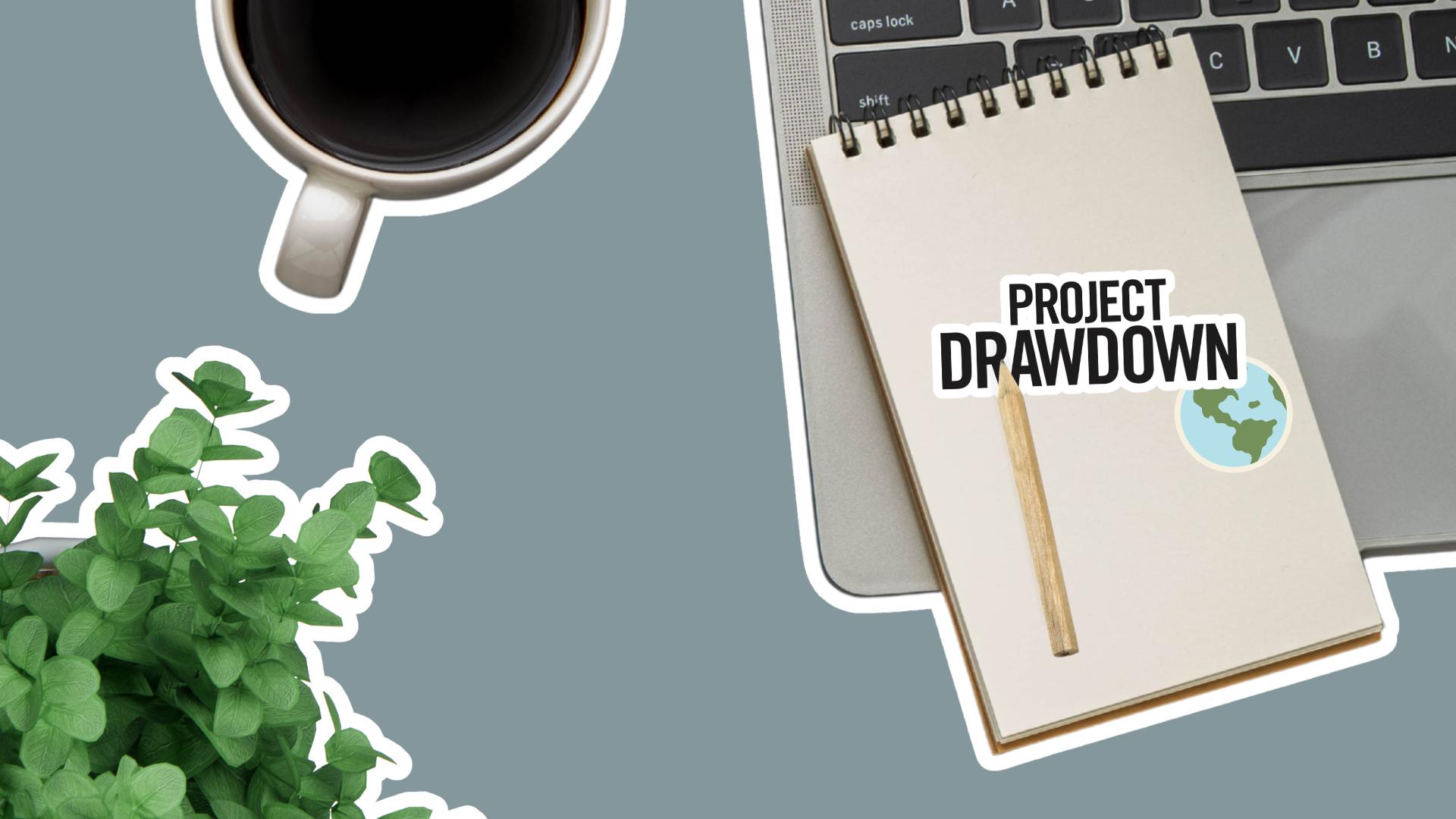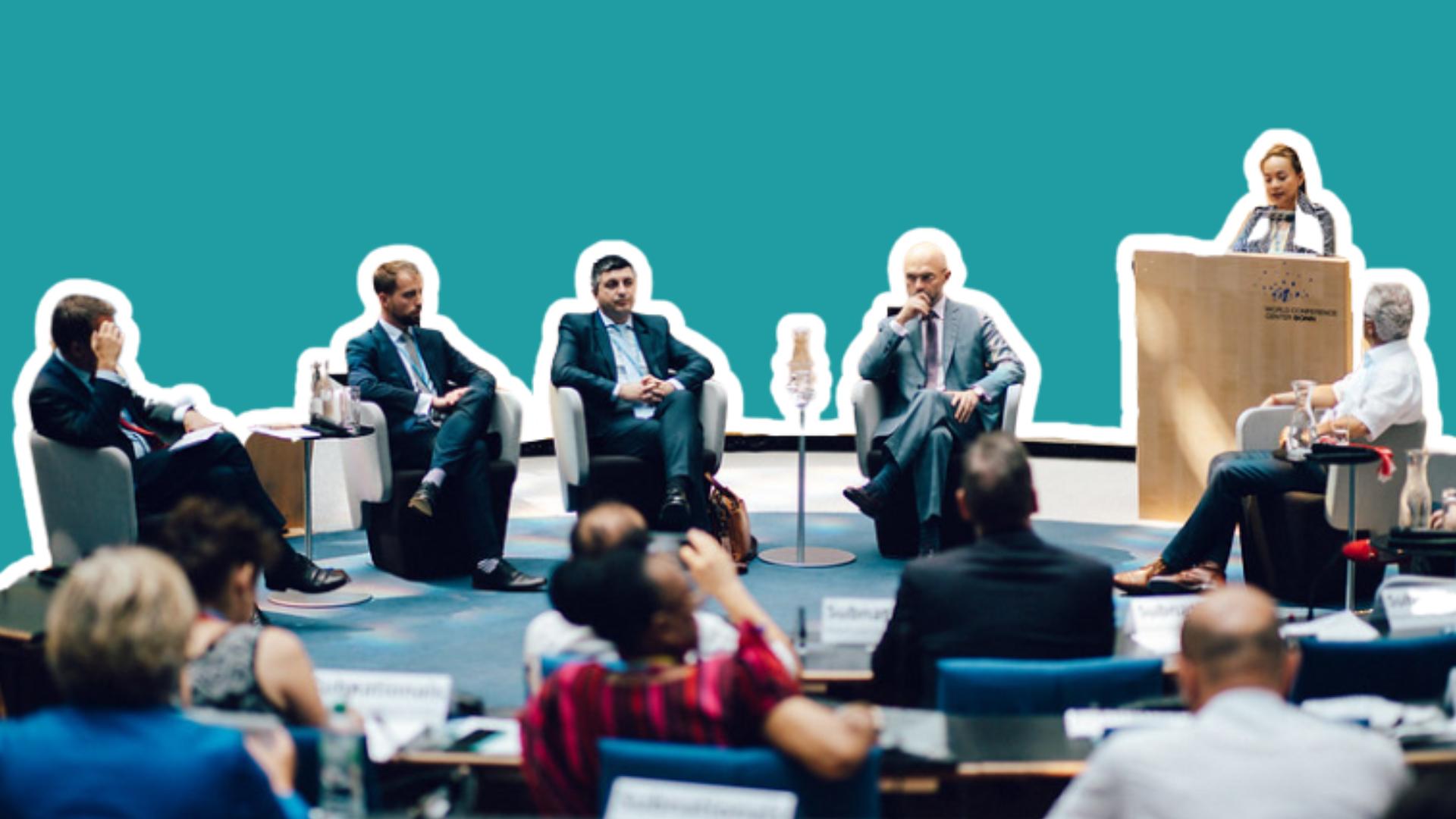All of our events brought climate solutions to the fore, none more so than the launch of the Drawdown Explorer. In front of a packed house, Project Drawdown Executive Director Jonathan Foley, Ph.D., presented the world’s most comprehensive climate solutions platform and shared how philanthropists, businesses, funders, and other leaders can use it to take science-based climate action. The launch was met with thunderous applause and widespread praise, including from notable climate leaders such as Our World in Data’s Hannah Ritchie, Ph.D., and former UN Climate Change Executive Secretary Christiana Figueres.
Here are eight key takeaways from this year’s Climate Week NYC, written by Project Drawdown staff who were on the ground.
1) Climate action is accelerating – practical tools can help us keep up the pace.
Climate Week NYC made it abundantly clear that climate action is not slowing down in America. In fact, it’s accelerating. While the political winds have shifted, more fundamental changes in technology, markets, investment, and philanthropy have picked up the pace, and we are seeing incredible traction in climate solutions today. It was also heartening to see the reaction to the Drawdown Explorer. People are looking for practical tools to bring climate solutions to scale, as quickly as possible, using pragmatic science-based approaches. The Explorer is hitting the ground at exactly the right time.
— Jonathan Foley, Ph.D., Executive Director
2) The world is moving forward on climate – with different actors taking center stage.
As shifting geopolitical tensions were on display during the UN General Assembly, Climate Week NYC sent a different message. The world is moving forward – largely together – on climate action. With more than 100,000 people in attendance, this year’s event was reportedly the largest ever. The actors leading the charge also saw a shift. Climate action is increasingly being led by non-state actors, including philanthropists, investors, businesses, and cities. Drawdown Explorer proves to be a powerful tool to guide them based on science.
— Amanda Bielawski, Ph.D., Director of Global Strategic Partnerships
3) There is power for climate action in community.
One of my biggest takeaways from Climate Week NYC was the power of community. Climate work can sometimes feel frustrating, but being surrounded by people, whether collaborators I’d only met virtually, longtime partners, or brand-new connections, was energizing. From speaking at Climate Strides and Climate and Conflict, to hosting a Newark community panel at Marketplace of the Future, to seeing Grist highlight their Fixers through the Global Solutions Diary and celebrating two Drawdown’s Neighborhood climate heroes being honored, I was constantly reminded of the range of people committed to this work. Together, we’re relentlessly working for a solution-centered future.
— Matt Scott, Director of Storytelling and Engagement
4) Local climate leaders are answering the call.
This year's Climate Week NYC highlighted the importance of local leadership, reminding us that meaningful progress doesn’t need to wait for the federal government. Across the country, mayors, governors, community organizers, and civil servants are taking climate action. American leadership on climate is alive and well; you just need to know where to look. We're looking forward to building partnerships with local leaders to help them have an even greater impact.
— Elizabeth Bagley, Ph.D., Managing Director
5) Food is increasingly on the climate action menu.
After attending my first Climate Week NYC, I'm energized by the people working to make our food system healthy and sustainable by cutting food waste and rethinking how we use crop production. I heard from ReFed and Food Rescue US about innovations to reduce waste at home and in restaurants. It was exciting to see so much work being done on such a large contributor to climate change, and I'm looking forward to working with partners on our upcoming food campaign.
— Emily Cassidy, Research Associate
6) Science can build bridges for climate and beyond.
Science isn’t always known for inviting people in, but at Climate Week, I saw people from all backgrounds enthusiastically show up to check out the science-based Drawdown Explorer. I’m steeped in our social media, so I know the breadth of our audience. But it was exciting to see folks from tech, content creation, business, activism, and global policy come watch events sharing the Explorer when there were quite literally 1,000 other events they could have attended. In these fractured times, leaning into science may be one of the few ways to find common ground. When we convene in good faith, with a readiness to meet people where they are, we can use science not just to inform, but to unite.
— Hannah Jurist-Schoen, Creative Lead
7) Triple-win solutions are starting to get their due.
My biggest takeaway from Climate Week was the push from people across sectors to start integrating climate solutions with solutions that benefit biodiversity and human well-being. This was most notable in talks around solutions involving food, a sector that has many triple-win solutions for people, the climate, and nature. It was really exciting to see these topics be at the forefront of discussions about how to move forward in the climate sphere.
— Daria Sheik, Science Program Coordinator
8) Climate communicators need to be more data-driven.
As climate communicators, we’ve never had more data available to show us how to build support for climate action. Organizations such as the Yale Program on Climate Change Communication, Pew Research Center, and Potential Energy Coalition are providing all the information we need to effectively reach our audiences with messages – and messengers – that resonate. What’s needed now is knowledge sharing and coordination between those actually doing the communicating to ensure those insights are put to good use.
— Skylar Knight, Communications Manager
This work was published under a Creative Commons CC BY-NC-ND 4.0 license. You are welcome to republish it following the license terms.

